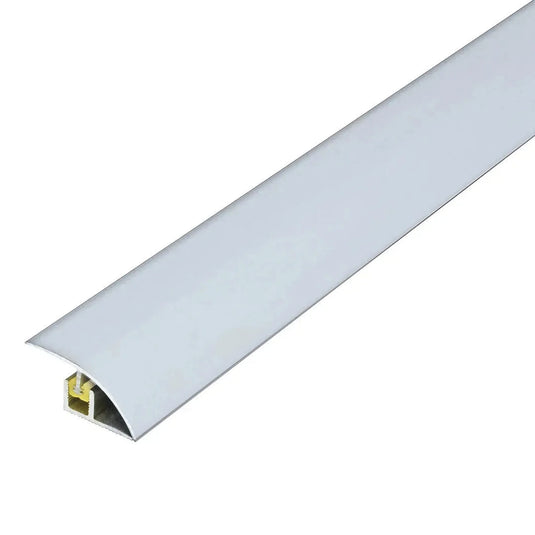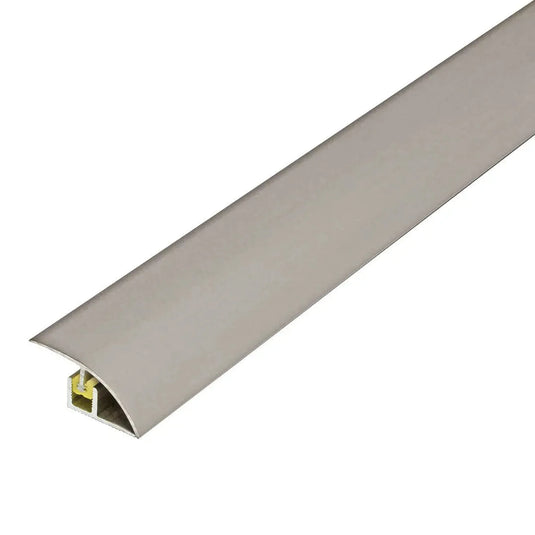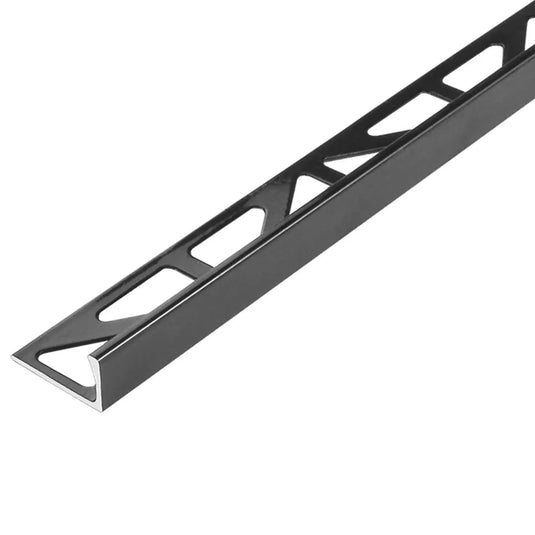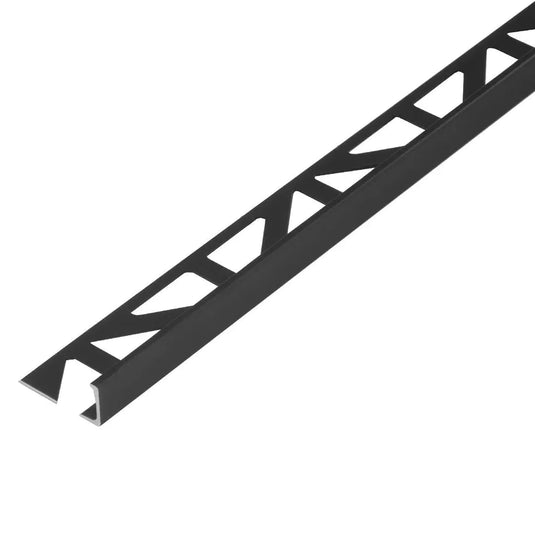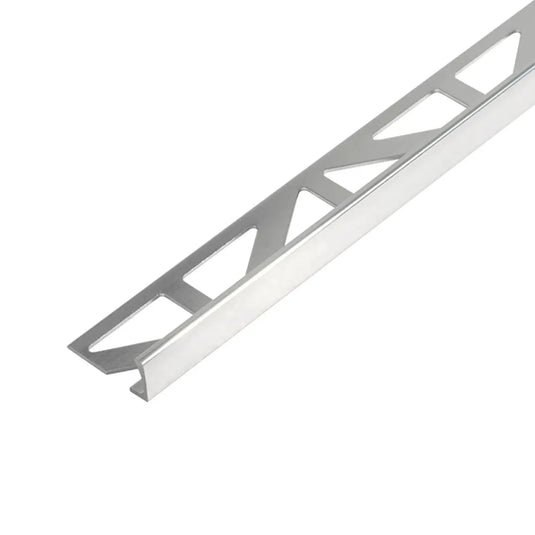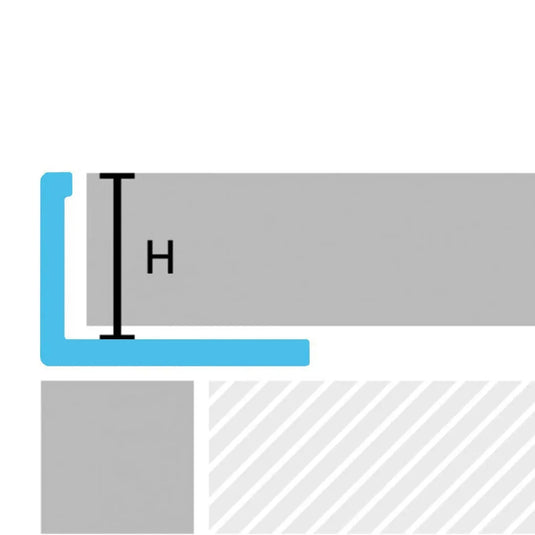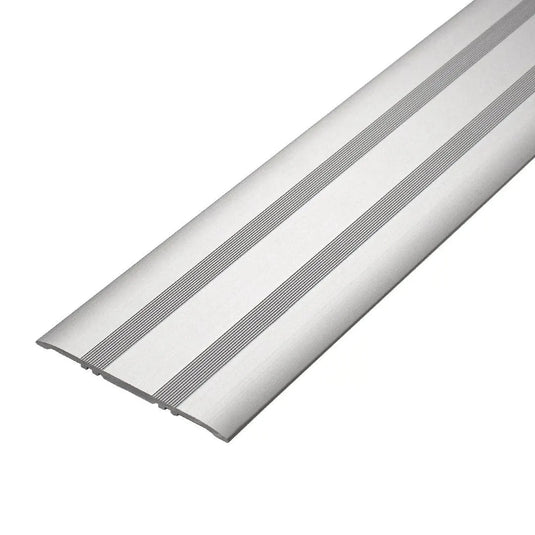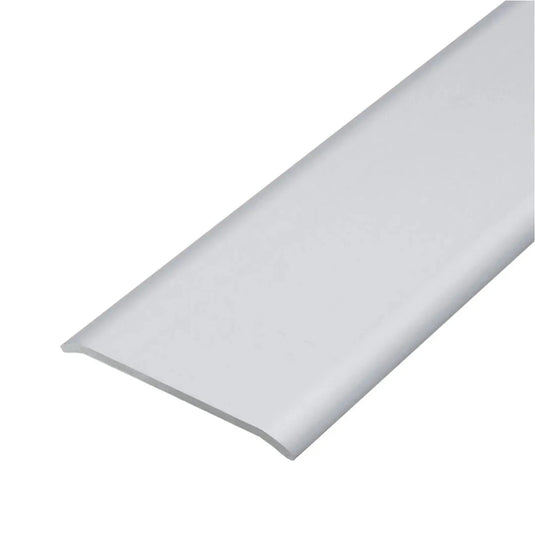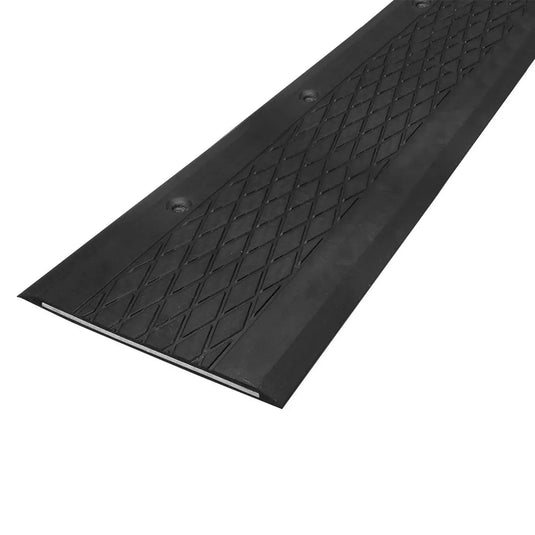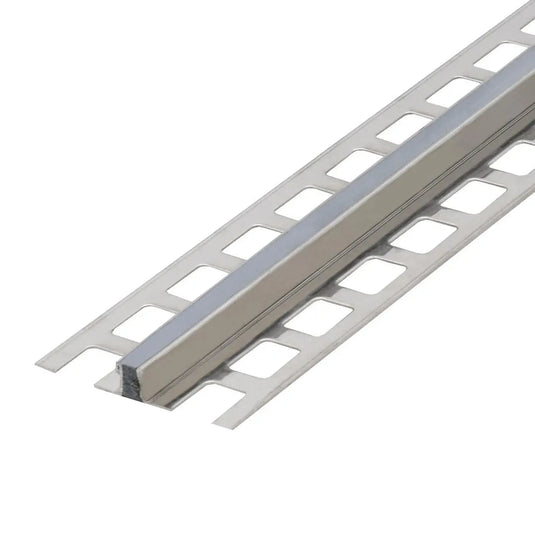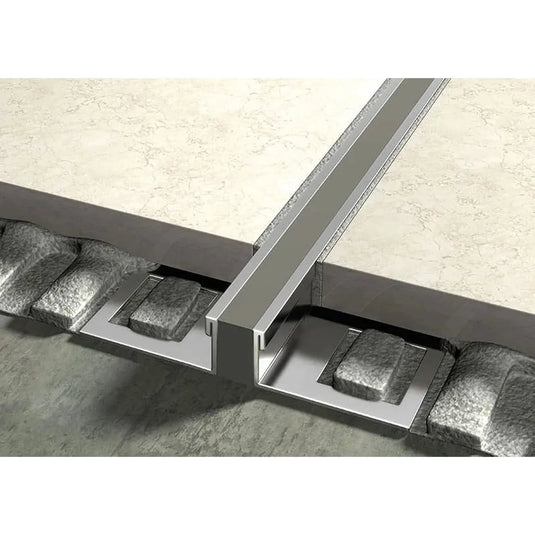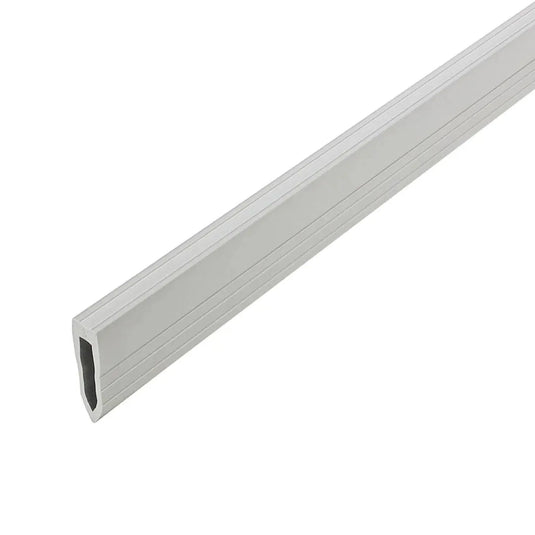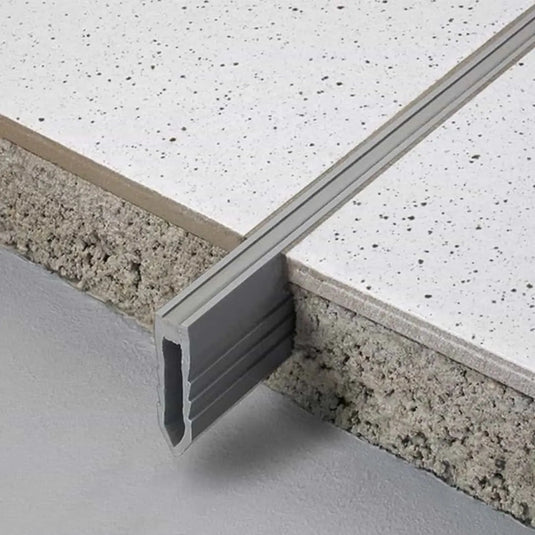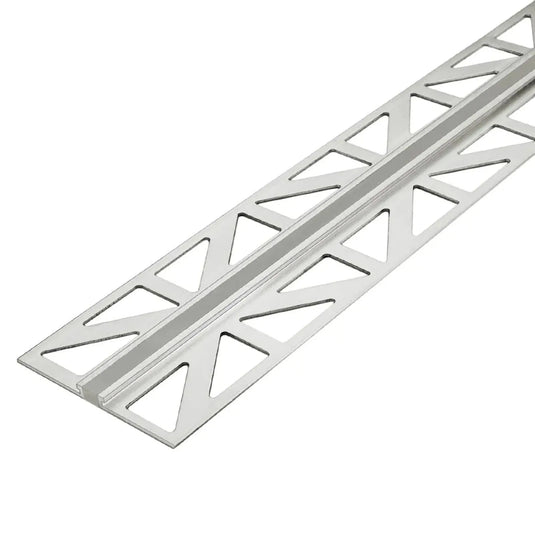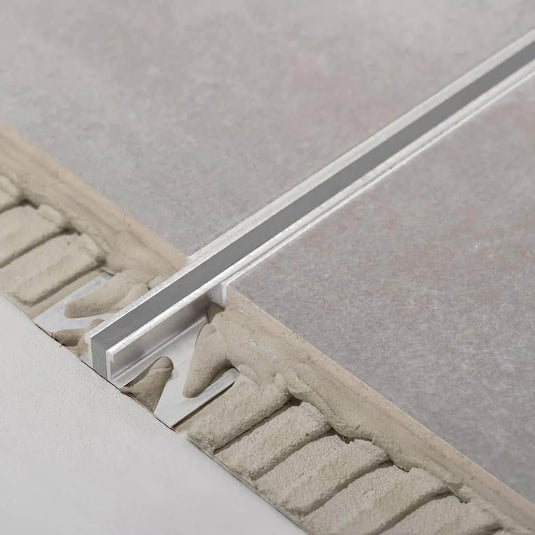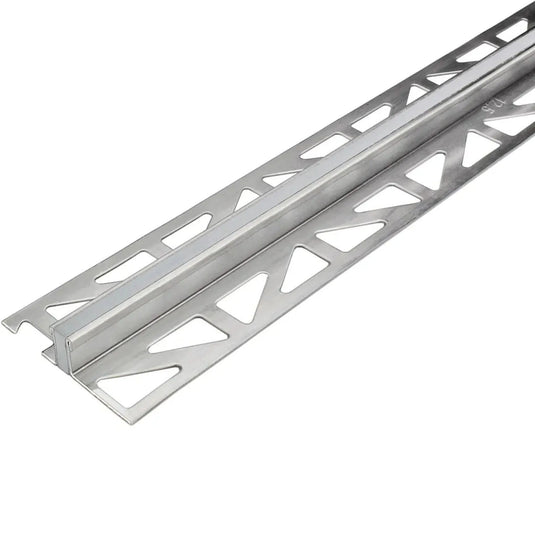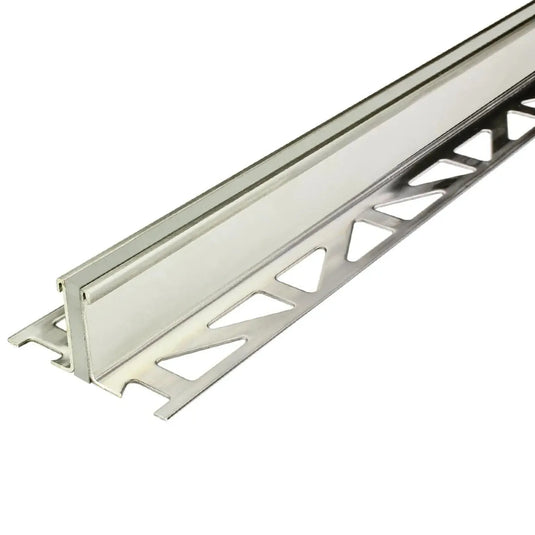Today, let's take a deep look into the world of joints - this often overlooked but nevertheless essential part of our tiling projects. What exactly are joints and why are they so important? In particular, we'll take a closer look at silicone joints and why they may not be the best choice over time. But don't worry, we also present a smart alternative.
What are joints anyway?
Joints are narrow spaces or gaps between two adjacent building elements, especially in tiles. In the world of tiling, joints are used to fill the space between tiles and create a connection. These gaps can vary and are crucial to the function and appearance of tile coverings.
There are several reasons for the presence of joints:
• Movement compensation :
Joints allow tiles to expand and contract with temperature changes or structural movements without cracking.
• Avoiding tensions:
Joints minimize stress between tiles, especially in areas where different materials meet or where unavoidable structural irregularities exist.
• Water drainage:
Joints serve as channels for water drainage and prevent moisture from getting under the tiles.
• Optical aspects:
Joints have a significant impact on the appearance of a tiled surface. The choice of joint color and width can shape the overall look and set accents.
Overall, joints are more than just empty spaces – they serve important functional and attractive purposes in the world of tiling.
Silicone joints and their challenges
Silicone joints are special joints that are created by using silicone as a sealing material. Silicone is an elastic and water-repellent material that is well suited for joints. It is used in the form of silicone rubber or sealants.
Silicone joints are naturally water-repellent and are therefore often used in areas with high humidity or exposure to water. These are mainly bathrooms, kitchens, shower cubicles, but also window and door frames. The elasticity of silicone makes it possible to absorb movements and expansion in components without developing cracks. This makes it particularly effective in areas subject to temperature fluctuations or structural changes.
Despite their many advantages, silicone joints can present certain challenges over time. Yellowing, cracking or mold are possible problems that can arise, especially in humid environments. This not only affects the appearance, but also the functionality.
Refresh silicone joints or alternatives?
Is your silicone joint yellowed or cracked? Are you faced with the decision of whether to refresh your silicone joints or look for better alternatives? This is where our tile profiles come into play.
Tile profiles as a well thought-out alternative:
Our wall connection profiles , expansion joint profiles and skirting boards are not only an attractive alternative, but also offer a number of functional advantages. They can not only cover unsightly silicone joints, but also replace them completely. 

Conclusion
If you're looking for a long-term solution that's not only functional but also visually appealing, our tile profiles can be a superior alternative to traditional silicone grout. Their durability, easy maintenance and versatile designs provide a clever solution to streamline your tile projects and give them a timeless look.

